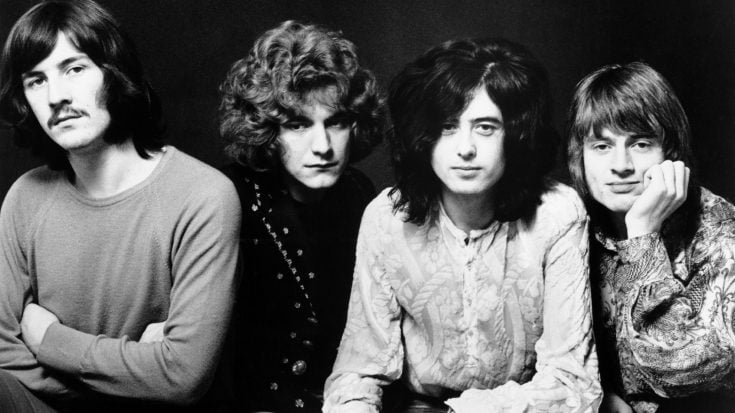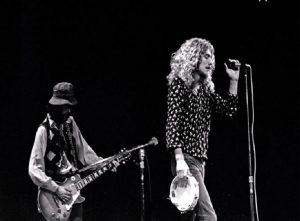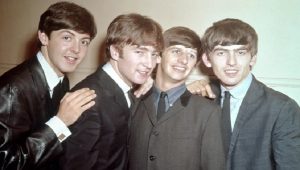How Led Zeppelin Wrote “Black Dog”

CIRCA 1970: Photo of Led Zeppelin - Michael Ochs Archives / Getty Images
Fans are always quick to assume that every song written has a deeper meaning behind it. Such is the beauty of songs. The interpretation is handed down to the listener, leaving the creative imagery to be fantasized. Led Zeppelin has been known to create intricate songs during the course of their career.
“Black Dog” is the first track from Led Zeppelin’s unnamed fourth album, but fondly referred to as Led Zeppelin IV. Fun fact: although the title suggests a brooding ensemble, it actually has nothing to do with the song. The band recorded the song at Headley Grange, a mansion in Hampshire, England. It was out in the woods, surrounded by growths. There was a nameless black Labrador Retreiver that would wander the mansion’s grounds, which the band befriended and fed. When the band was in need of a name for the track, but could not find inspiration, they thought of their canine friend and named the song “Black Dog“.
https://www.instagram.com/p/Br-JLv6H6ZX/
The song starts off with slow warm-up of a guitar, then followed by Robert Plant’s shrill voice cutting through the silence, “Hey, hey mama said the way you move, Gon’ make you sweat, gon’ make you groove” calling to the subject of the song with vigorous attraction. It then proceeds with its first alternately-timed riff, the call and response dynamic of the song becoming evident at this point. Though the guitar progression isn’t complicated like Led Zeppelin’s earlier works, the track still feels “full” due to the incessant interaction of the vocals and the guitars. Unbeknownst to the most of people, bassist John Paul Jones wrote the main riff of the song. John Bonham’s drumming provides the timing foundation of the song, the verse starting with a pattern akin to a 1,2,3 count.
Although the song follows an unorthodox pattern, the melodic ring of the lead guitar and trilling cymbal crashes accentuate and bring out the track’s vivacious energy. The lyrics are pretty straightforward as well, which compliments the track’s odd progression. Plant’s hypnotic wails by the end of the song which is backed by an intense solo is a fitting way to conclude, which is ending the track strong, akin to how it began. This is testament of the compositional genius that is Led Zeppelin.












